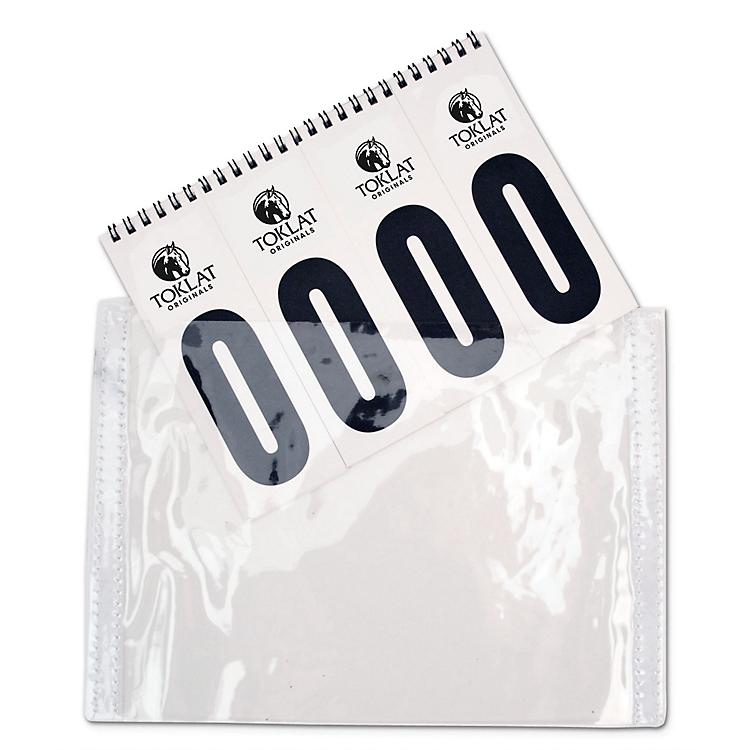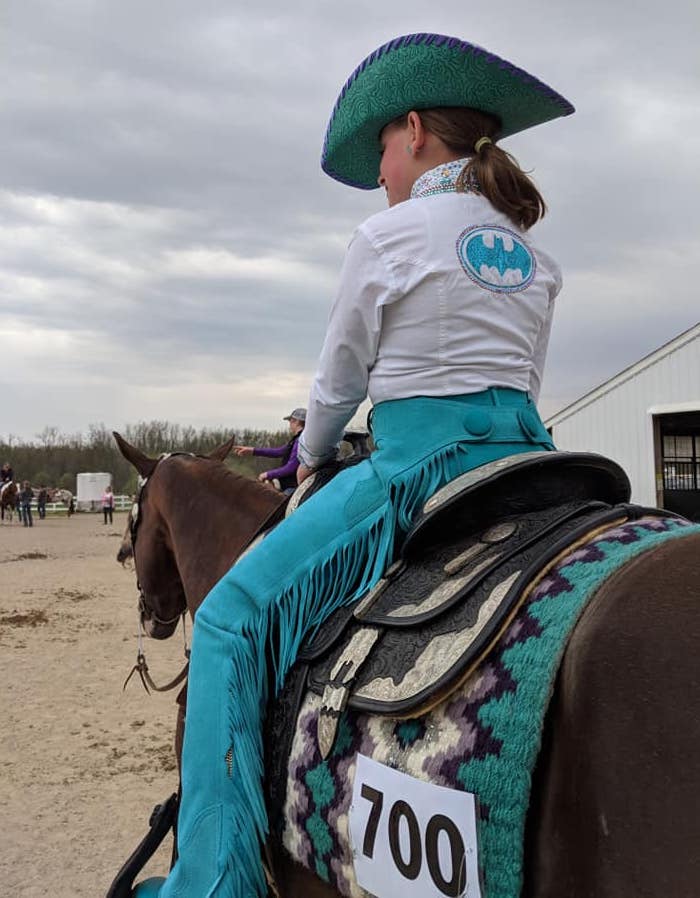The article every horse show judge wants you to read: Back number tips
Many horse show exhibitors are guilty of at least one of these back number-related mistakes.

While recently chatting with some fellow horse show judges, a common conversation came up: exhibitor back numbers. As a horse show judge, it continues to be a source of frustration and angst. While many exhibitors do an adequate job of displaying their number to judges, it is common at horse shows of all levels to see room for improvement.
As you read on, you may begin to wonder why this is such an important topic for judges. Does it really matter that much? Page 4, General Rule No. 29 in the “Michigan 4-H Horse & Pony Project Show Rules & Regulations” says that “Exhibitors must display a visible number or numbers in all classes. Shows are encouraged to use numbers only, without letters. Any exhibitor failing to display a number or displaying the wrong number will be penalized at the judge’s discretion.”
In addition to being a written rule, let me assure you, it can greatly affect the efficiency and accuracy of judging. When judges must spend a considerable amount of their time trying to find and decipher an exhibitor’s back number, it directly takes away from time and energy that should be spent evaluating a class of horses and exhibitors. In addition, this time spent searching for numbers can increase a judge’s cognitive load, again affecting their capacity to do their job to the best of their ability. Research has clearly shown that the effects of a heavy cognitive load can often lead to error, certainly something we should aim to avoid as a horse show judge.
Allow this article to guide you through many useful tips to be sure you’re doing all you can to make it feasible for the judge to see your exhibitor number.
Use the appropriate materials
At most horse shows, back numbers are provided to exhibitors. Ideally, the number is printed with black font on a white cardstock. Colored fonts and patterned backgrounds are not ideal as they affect visibility, especially from a distance. If you must, for whatever reason, create your own back numbers, be sure to make the numbers large and bold and write them on clean, flat white paper or cardstock.
While laminating numbers can be helpful in keeping numbers clean and usable for multiple shows, know that the reflecting glare from arena lights or the sun can greatly affect visibility. Similarly, it is not ideal to place a number inside a plastic sleeve. These plastic sleeves are bulky and again decrease visibility.

If at all possible, use both sides
If the discipline allows, it is preferred by judges that you place the number on each side of the horse attached to the saddle pad. Be sure that the saddle doesn’t cover any part of the number. Having the number on the side of your horse makes great sense as the judge’s view while in the center of the arena is the profile of the horse. Unless a judge stands close to the rail, in a corner, and watches exhibitors travel directly away from them, it can be very difficult to see numbers placed on the back.
Keep in mind that placing numbers on the saddle pad may be considered inappropriate for some disciplines, such as saddle seat, so an easy-to-read and well-placed number on an exhibitor’s back can be perfectly acceptable.

It’s a BACK number, not a BUTT number
Keep this phrase in mind when you’re placing your number on the back of your show clothing, especially in a showmanship class. A properly placed number will be between the exhibitor’s shoulder blades or slightly lower. This may mean that a favorite portion of your show jacket’s design is covered, but remember that the judge is far more interested in seeing your number than your outfit.

Check your hair
If an exhibitor has long hair that is worn in a pony tail or braid, know that the hair can easily cover a back number. A judge could consider this failure to properly display a back number and potentially even disqualify an exhibitor. There are several ways to solve this problem: wearing the hair in a bun, placing the number lower on the back or placing the number on the saddle pad.
Keep it neat
Similar to a job interview, your personal appearance is often your first impression. You want the judge’s first impression of you to be one of professionalism and preparation. Clean and well-fitting attire is an excellent start to your overall appearance, and this includes your back number. Numbers shouldn’t be dirty, creased or crumpled. No matter where the number is placed, it should be straight as well. Straightness should be reevaluated once the saddle pad, shirt or jacket is placed on either horse or exhibitor. Although a number appears straight when the shirt is on a hanger, that may change once the exhibitor is wearing the shirt.
Be sure to also keep in mind how you attach the number. My personal preference is simple safety pins. Magnets can easily shift and hooks can be bulky and distracting.
With these tips in mind, you can help eliminate many of the most commonly seen mistakes related to improper displaying of back numbers. As an exhibitor, this is your responsibility and if done correctly, you’ll be sure to have happier and more efficient judges.



 Print
Print Email
Email